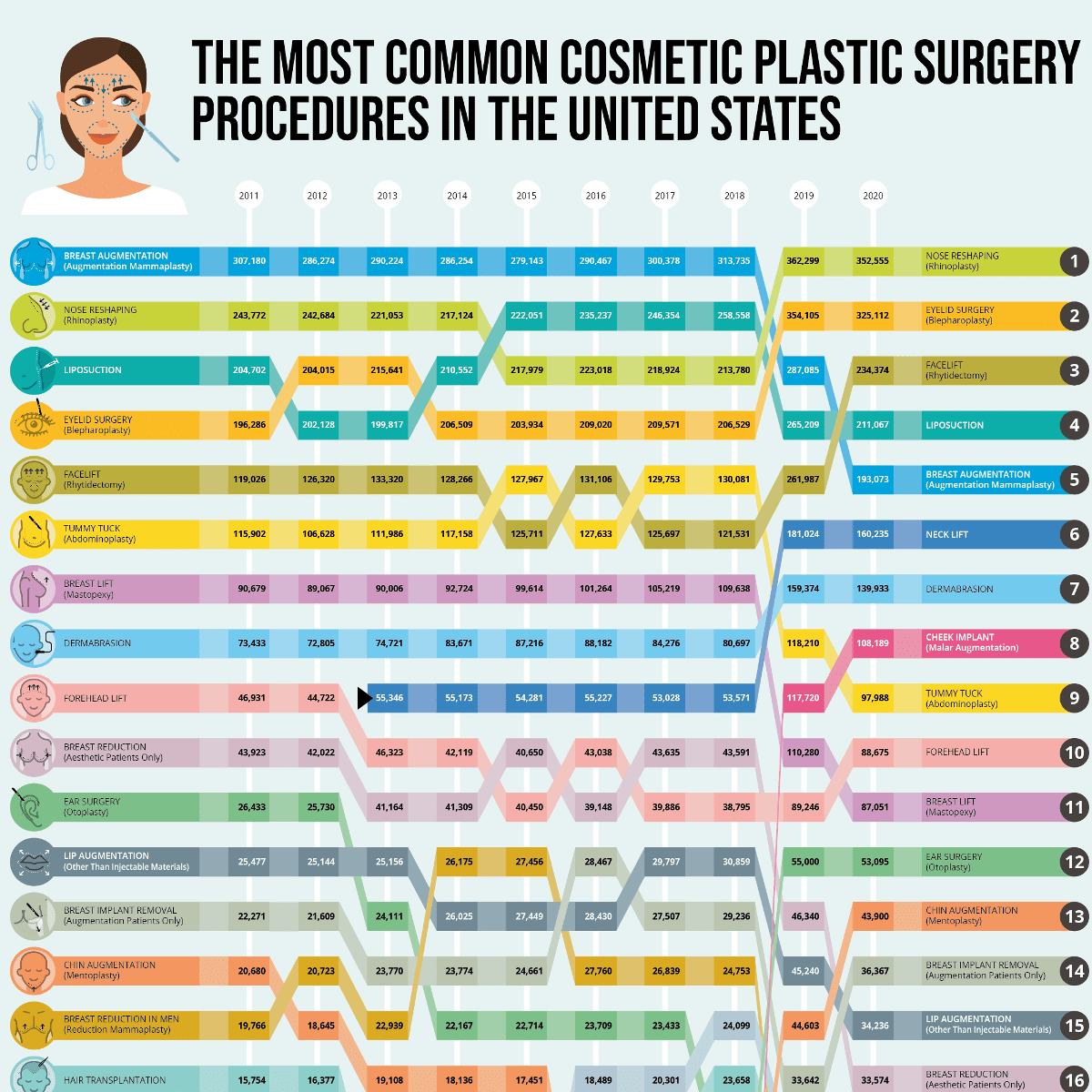[sc name=”Image_alignment”]
Healthcare Professionals Know How to Treat Hypertension — The Real Challenge Is Changing Patient Behavior
To move the needle on this costly disease now affecting more than half of all adults in the U.S., a hypertension diagnosis and prescription are not enough. We need to address a patient’s mindset and motivation with as much care as we do their physiology.
If we hope to crack this epidemic, we need to name the problem: sending patients away with a diagnosis and a prescription is insufficient to control the majority of hypertension cases.
We need to send people home with motivation and emotional support as well. We have to arm people with support that extends beyond education, shepherding patients as they handle the broad range of psychological and logistical barriers that come with chronic condition management.
If we want things to change, we must address the patient mindset with as much care as we do patient physiology.
A disease at epidemic proportions
You know the statistics — nearly half of the US adult population has high blood pressure, and less than half of those hypertensive adults have their condition under control. More importantly, the disease has a hand in a staggering amount of deaths — close to half a million every year in the US alone.
And it’s on the rise. After a 14-year slide in the prevalence of hypertension among U.S. adults (41.7% in 2013-2014, down from 47.0% in 1999-2000), rates have crept back up again in recent years (to 45.4% of American adults in 2017-2018).
The condition may feel symptomless to many patients; but inside, it’s wreaking havoc on the body. In addition to increasing the risk for stroke and heart attack, hypertension can also result in cognitive impairment, kidney damage, and eye disease.
Hypertension also hits hardest in populations already experiencing health disparities:
- Consumers with lower incomes
- People of color
- Individuals with disabilities
- Patients with lower levels of formal education
Some research even suggests that discrimination could play a role in the onset of hypertension.
In other words, the disease isn’t just a “silent killer”; it’s also widening the chasm of health inequity. Furthermore, research has also shown people with hypertension are more likely to develop more serious side effects from COVID-19, a condition we know also disproportionately impacts racial and ethnic minorities.
Costing lives, costing money
Beyond the impact on human life, population health, and health equity, high blood pressure is also expensive. Chronic high blood pressure is related to an increased price tag of about $131 billion every single year in extra healthcare costs — most of all the cardiovascular diseases.
But the repercussions extend beyond the bottom line of healthcare organizations. The additional cost in money and time also trickle down to affect health and lifestyle issues, such as…
- Affordability of care
- Resources that can be put into other patient wellbeing efforts
- Working conditions for everyone in the organization
With such a vast patient population, even a small decrease in the progression of this chronic health condition can lead to enormous decreases in the burden to our healthcare system. Even greater results can be produced if we can manage to once again reduce the prevalence of hypertension in our patient population.
Of those prescribed hypertension medications, for example, half-stop taking them within a year.
You know how to treat hypertension — why is this still happening?
Clinically, high blood pressure is no mystery. Evidence-based prevention and treatment protocols have been around for decades, and there is a broad selection of safe and effective medications approved for use.
The issue, as any clinician with hypertensive patients knows, is that most patients do not follow their treatment recommendations. Of those prescribed hypertension medications, for example, half-stop taking them within a year.
The problem? Patient mindset.
No matter how aptly chosen the treatment plan is, it is incredibly challenging to motivate the long-term behavior change required to attend to a chronic condition — particularly chronic health issues that patients cannot always see or feel.
If we hope to turn the tide on this epidemic, we need to understand the real challenges we’re facing when it comes to treating and guiding our patients with high blood pressure:
- We need to do more than what we’re currently doing.
- We need to send people home with motivation and emotional support as well as brochures and prescriptions.
- We have to arm people with support that extends beyond education, shepherding patients as they handle the broad range of psychological and logistical barriers that come with chronic condition management.
If we want things to change, we must address the patient mindset with as much care as we do patient physiology.
If not adequately addressed, this patient mindset will severely inhibit a person’s ability to get well and stay well
The psychological weight of a chronic condition
Clinicians want patients to get better. Patients want to get better. Why is it so hard to stick to a treatment plan — particularly when the cost of not doing so may be a stroke, a heart attack or possibly a life?
As with many aspects of life, our emotions can get in the way of what would be considered “rational” behavior. Receiving a chronic diagnosis is shown to be psychologically distressing for most patients, and the behavioral patterns that stem from it can stymie appropriate condition management.
It’s common for people to develop feelings of guilt, fear, grief, and denial. Over time, these feelings can feed into depression and anxiety.
Such emotional factors produce formidable barriers to seemingly straightforward behaviors like taking medication or reducing salt. If not adequately addressed, this patient mindset will severely inhibit a person’s ability to get well and stay well — particularly as life doles out its inevitable twists and turns.

Barriers to hypertension medication adherence
As a disease people cannot often feel, hypertension can be even more challenging to manage than other chronic conditions:
- A patient will likely feel just the same on days they do or don’t follow their treatment plan, so any efforts appear to have a little day-to-day payoff.
- The risks of neglecting their treatment can feel fuzzy and theoretical, a far-off possibility for a much older version of themselves.
This is especially true for those in denial/avoidance. The result is that for many, hypertension does not feel urgent.
Research around health beliefs and hypertension medication adherence add color to this conundrum. A 2019 review of medication adherence for hypertension reported strong relationships between adherence and factors like…
- Self-efficacy (belief that one is capable of performing a behavior)
- An internal locus of control (belief that their health is influenced by their own behavior)
- Belief in the severity of hypertension
- Subjective norms (e.g. belief that others believe meds are important).
It all goes to show that what we’re talking about are behavioral and psychological issues — not clinical ones. If the patient’s mindset is left unaddressed, there is no framework upon which appropriate medication adherence can stand.
We need robust patient engagement solutions that motivate and guide patients through the wider litany of barriers to treatment adherence. We need this support to be personalized to the specific issues people are dealing with.
We need better tools
The solution to hypertension management is going to take a lot more than a medication reminder or a brochure about the increased risk for stroke and heart attack. The psychological landscape is too complex to be reduced to forgetfulness or lack of education.
We need robust patient engagement solutions that motivate and guide patients through the wider litany of barriers to treatment adherence. We need this support to be personalized to the specific issues people are dealing with, and adaptable enough to handle the nuance and diversity of how such a broad population may change over time.
We need top-shelf motivation
If a patient is inadequately motivated, any treatment plan that requires their repeated action over years, if not the rest of their lives, will be ineffective.
Traditional ways to educate and engage patients with hypertension, such as in-office coaching or take-home handouts, often fall short.
While paper materials have been shown to impact knowledge and recall, they are not as effective as technology at improving self-efficacy and health behavior change. A brochure is not set up to stick with a person over a long period of time, and it cannot adapt to meet a person’s changing needs, preferences, or health context as they manage a condition over a lifetime.
And while live clinical coaching may be the gold standard, the amount of hours needed to support a disease plaguing nearly half the adult population would be near-impossible for modern-day health systems.
Exclusively relying on human support for chronic condition management is not scalable. In addition, research shows that people are very poor at remembering medical information conveyed to them in person and tend to hone in on diagnosis-related information versus treatment.
This is particularly true if the conversation is perceived as stressful or emotional — which is often the case for patients visiting a doctor’s office. This effect is called “attentional narrowing,” and is not conducive to setting up the attitudes required to manage a chronic condition.
An observational study from 2021 followed 1633 patients who were given a choice of whether or not to opt into a hypertension management app. The 726 who participated had significantly reduced blood pressure on average compared to those who did not participate.
Digital tools can fill the gaps
Digital tools show great promise as a way to mitigate these shortcomings:
- For one, they can be designed to address a robust spectrum of emotions, knowledge, literacy levels, and beliefs that inhibit chronic condition management.
- Secondly, they can be used long-term with minimal effort from clinical or administrative staff.
- They can also be used on the patient’s terms when they are ready to review and fully digest information about their chronic health condition.
- Finally, smart hypertension guidance solutions can sense when patients are experiencing a setback, allowing their providers to gently nudge and motivate them back on track.
And importantly, digital tools can be personalized in two key senses:
- They can ingest large amounts of personalized patient information to immediately make education, engagement, and recommendations more relevant
- They can be designed to adapt to a user’s changing needs, learning which educational and engagement strategies are effective and tuning the journey to match their present state
There are several precedents for effective digital tools for hypertension management. A 2016 review of digital self-management interventions for hypertension reviewed seven randomized controlled clinical trials, finding that four of them resulted in better blood pressure control compared to usual care. Systolic blood pressure decreased by an average of 3.74 mmHg and diastolic blood pressure decreased by an average of 2.2 mmHg.
Adding to this promise, an observational study from 2021 followed 1633 patients who were given a choice of whether or not to opt into a hypertension management app. The 726 who participated had significantly reduced blood pressure on average compared to those who did not participate. This was true for average as well as high-severity patients.
There are two main takeaways here:
- It is possible to significantly improve blood pressure with a digital intervention
- It is also possible to make a digital intervention that makes no impact at all (three of the seven tools in the meta-analysis showed no improvement)
While the research shows great promise for digital tools, we must remember that not all interventions are created equal, and simply being “digital” is not enough. Careful design is required to enact health behavior change and positive health outcomes.
Studies on effective digital interventions show that, in order to be effective, tools must be interactive, personalized to be relevant to individual users, relationally sensitive, exciting, and easy to use.
It’s a tall order, and many fall short.
Accessibility is a critical consideration when adopting any new process or technology. Even well-meaning interventions can and often do increase health disparities.
Are digital tools accessible?
Two common concerns that come up with digital tools are accessibility and acceptance — what if chronic disease patients are unable to access or use such technology? What if they don’t like it? Might digital health solutions only widen the gap in health outcomes for underserved communities?
Accessibility is a critical consideration when adopting any new process or technology. Even well-meaning interventions can and often do increase health disparities.
Thankfully, the research is promising when it comes to digital tools in underserved communities. Smartphone adoption across all demographics is high, and racial and ethnic minorities are actually more likely to use their smartphones to access health information.
Moreover, underserved groups express a greater willingness to use digital tools to manage their health.
But again, it is important to be aware that not all digital tools are created equal. It is still possible, and very common, that product designers improperly account for the experience of underserved users and create tools that ultimately widen gaps in outcomes. But when designed and deployed with care, digital tools have the potential to be incredibly accessible solutions capable of shrinking health disparities across a number of populations.
Additionally, digital tools have the potential to be accessible in ways static materials, even ones designed with special attention to health literacy, cannot be. For instance:
- A digital tool can check for understanding and re-explain in a different way
- A digital tool can combine visuals and audio with text, adapting to a user’s learning preferences
- A digital tool can instantly integrate new information about the patient to increase relevance and interest
Empowering individual patients to conquer hypertension trends in our communities
While hypertension is a population health challenge — some call it an epidemic in its own right — it can only be addressed on an individual level.
Motivating hypertensive patients and persuading them to change their behavior fundamentally requires a program (and tools) that empower patients to make that change in their lives. This is at the core of patient-centric and consumer-driven healthcare.
It’s not just that we treat each patient individually. It’s that we empower each patient to take control of their health and healthcare decisions.
That happens to be the vision behind Calcium, from its very origin in 2018.
The lack of healthcare provider attention and integration is one of the main reasons the thousands of healthcare apps that have entered the market haven’t moved the needle when it comes to population health.
Successful tools must work for providers, too
No matter how well a tool meets a patient’s needs, that tool stands little chance of complete success if it does not also consider physician and healthcare provider experience. Too often, digital solutions have entered the healthcare system with great promise, only to add further complexity, time demands, and stress for already-overworked healthcare staffs.
The lack of healthcare provider attention and integration is one of the main reasons the thousands of healthcare apps that have entered the market haven’t moved the needle when it comes to population health.
Research on effective interventions shows that, in order to be effective, digital information systems must be interactive, personalized to be relevant to individual users, relationally sensitive, exciting, and easy to use. These formulate a core set of our design principles.
Per Terrence M. Ryan, founder of Calcium: “Our goal isn’t just supporting patients, it’s supporting the providers who care for them. Physicians, nurses, therapists and other healthcare providers are increasingly asked to do more with less, and they need better tools to help them work smarter.”
Let’s work together
As healthcare leans more and more towards value-based care, organizations increasingly depend on patients engaging in healthy behaviors outside of care settings. An investment in a top-of-the-line patient engagement solution is an investment in the wellbeing of your patients, your staff, and your bottom line.
To learn more about Digitalhealth’s approach to turning the tide on hypertension trends in communities across the U.S., we invite you to visit our Hypertension Management Solution page.
Citations
- [CDC] Facts about blood pressure
- [CDC] Hypertension Prevalence Among Adults Aged 18 and Over
- [Mayo Clinic] High blood pressure dangers: Hypertension’s effects on your body
- [CDC] Health Disparities in Hypertension and Hypertension Control
- [American Heart Association] Discrimination and Hypertension Risk Among African Americans in the Jackson Heart Study
- [Harvard Health] Hypertension, health inequities, and implications for COVID-19
- [CDC] Risk of Exposure to COVID-19: Racial and Ethnic Health Disparities
- [American Heart Association] Trends in Healthcare Expenditures Among US Adults With Hypertension: 2003-2014
- [CDC] Prevent High Blood Pressure
- [Mayo Clinic] High Blood Pressure (Hypertension)
- Harold on History | Historical Perspectives on Hypertension
- Choosing Blood Pressure Medications
- Current Situation of Medication Adherence in Hypertension
- [American Psychological Association] Coping with a diagnosis of chronic illness
- [NIH] Emotional Dimensions of Chronic Disease
- Health beliefs and medication adherence in patients with hypertension: A systematic review of quantitative studies
- Health information for patients: time to look beyond patient information leaflets
- U.S. Counties with the Highest Prevalence of Chronic Diseases
- Patients’ memory for medical information
- Digital interventions to promote self-management in adults with hypertension systematic review and meta-analysis
- Top U.S. Cities for Prevalence of Chronic Hypertension
- Mobile health application usage and quality of care at a hypertension clinic: an observational cohort study
- Achieving the Promise of Digital Health Information Systems
- [Pew Research] Internet/Broadband Fact Sheet
- Back to the Future: Achieving Health Equity Through Health Informatics and Digital Health
- Study Finds Underserved Communities Are Receptive to mHealth Tools
- Using Mobile Health Tools to Engage Rural Underserved Individuals in a Diabetes Education Program in South Texas: Feasibility Study

















